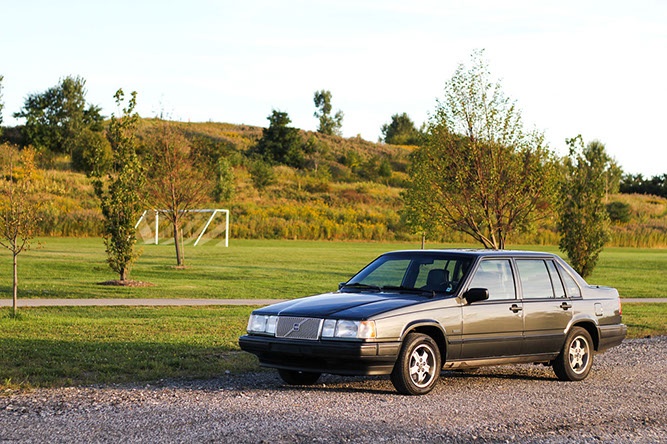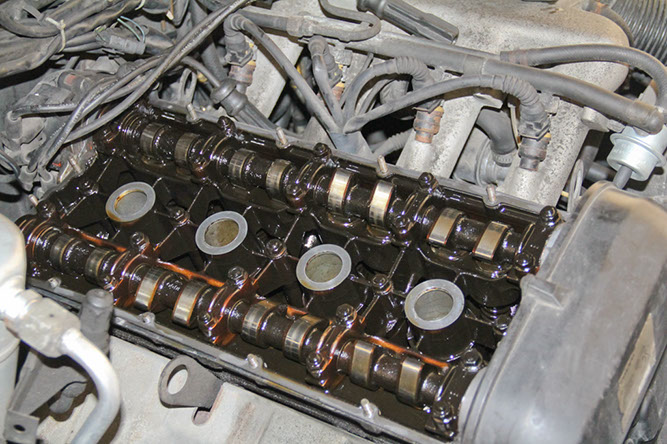How do you define a “new” car? In my family, any new car is simply younger than the outgoing car. Our 2005 Volvo S80 was 5 years old when we bought it, and that was our newest car in the family fleet. I personally don’t like the idea of needing to go into a dealership and bargaining for a new car, only for the value to drop the moment you drive it off the lot.
In this blog, I want to point out a number of things in a used car that you don’t really think about until they break. Before I jump into the details, here’s the basics to keep in mind when buying a used car:
- The lower the mileage, the better
- A newer car with higher miles can be good deal
- Look for a maintenance history on major components. Timing belt, accessory belt, water pump, brake rotors and pads, air filter. Even maintenance on small components points to a regularly maintained vehicle, as do regular oil changes.
- Northern cars will have more issues with rust
Beyond the basics, what else should we know?
Modern vehicles are engineered to a “lifetime” of 150,000 miles
The industry standard of vehicle parts is to last for at least 150,000 miles. Even though many tests don’t physically run for 150,000 miles, parts are put into tests which simulate the distance and time. Keep this in mind when buying cars because beyond 150,000 miles there’s no guarantee as to what parts will fail and worst of all, they could fail any time.
Its important to use this number as a gauge. How long do you plan on keeping your vehicle? If you’re going to keep driving your car beyond its designed lifetime, always keep in mind that you can expect major repairs. The exhaust system, cooling hoses, suspension parts, bushings, and also interior components like switches, motors, and lights. The fuel filter and fuel pump should also be on your to-do list.
If you're getting a car from Canada, or the northern states, look to see if they have had rustproofing on the under body. This simple step can go a long way to preserving the life of your car.
Rubber gaskets can harden and lose their sealing ability
Another item to keep in mind the simple rubber gasket. Your car has many of these gaskets and O-rings and inevitably, they will harden over time and lose their sealing ability. This can manifest itself in oil leaks and vacuum leaks which can cause a multitude of issues. Its hard to put an exact number on how long you can expect to have properly sealing gaskets, but 150,000 is usually a safe bet for OEM components. Aftermarket parts can be a hit and miss, so don’t expect the replacements to last as long.
So what happens when your car rolls over the magical 150.000 mark?
Our 2005 S80 recently rolled over 147,000 miles. Now keeping in mind the engineered vehicle lifetime, you would expect that lots of things will start to go wrong. You’d be somewhat correct. We had to replace the fuel pump and fuel pressure sensor, which was not the easiest problem to diagnose. The brake rotors are still original since most of the miles are from the highway, but we’ve replaced the brake pads once. We haven’t needed to replace any hoses, but we have had a full timing belt replacement, along with our water pump. At a car with this age, it’s a wise choice to replace your water pump with your timing belt. The radiator started to leak last summer, but for some reason, it fixed itself over the winter and we have yet to see a drop of coolant. We’re on the second set of tires, and we also needed to replace a rear wheel bearing.
Overall, the car is running well, but the unsolved issues are a small stumble on startup, as well as a slight roughness in the transmission when pulling away from a standstill.
By no means am I trying to tell you that buying a used car is not a good idea. In fact, I can’t see myself buying anything but used cars. However, if you’re buying a cheap used car with high miles, budget in some major repairs. When it comes time to retire my 1991 Volvo 940, (not that its going to happen anytime soon!) I will probably look for a car with less than 50,000 miles. It would give me a peace of mind for a number of years and not have to worry about major repairs. But of course, we all know where the best place to buy parts is, don’t we?














